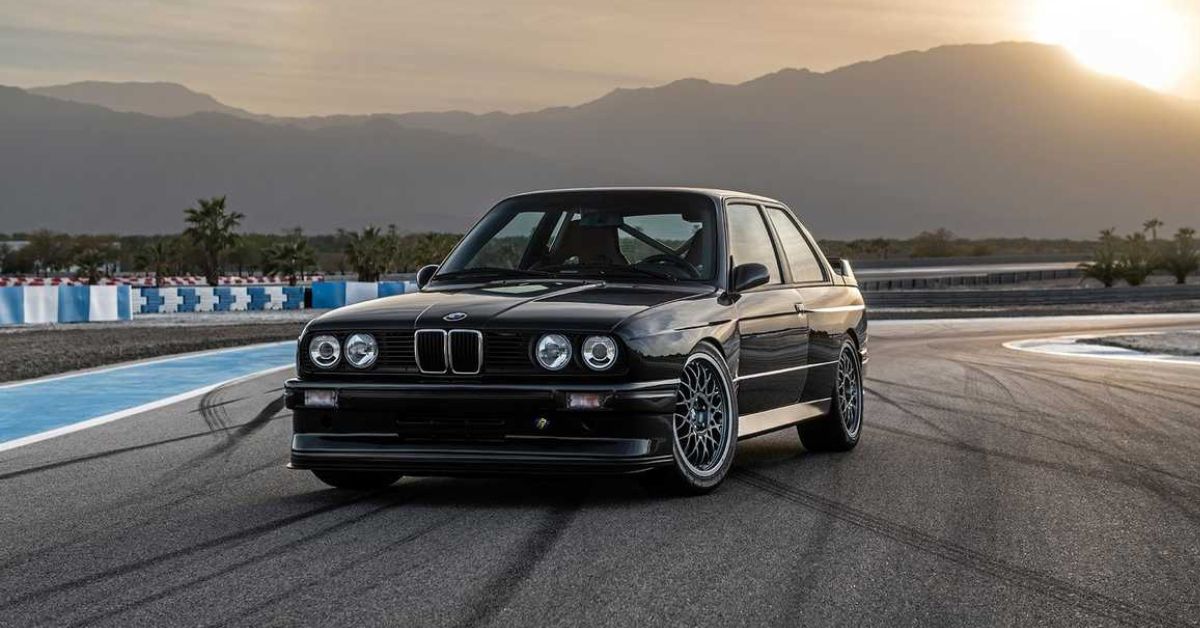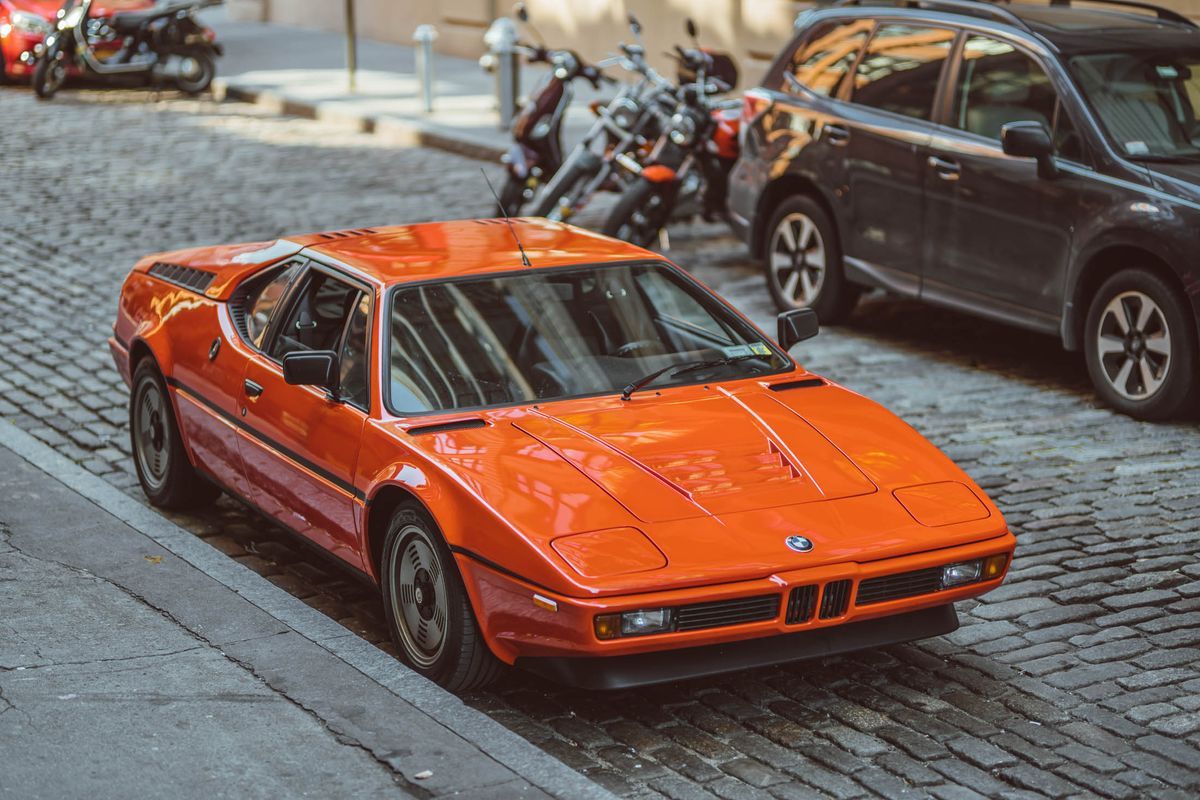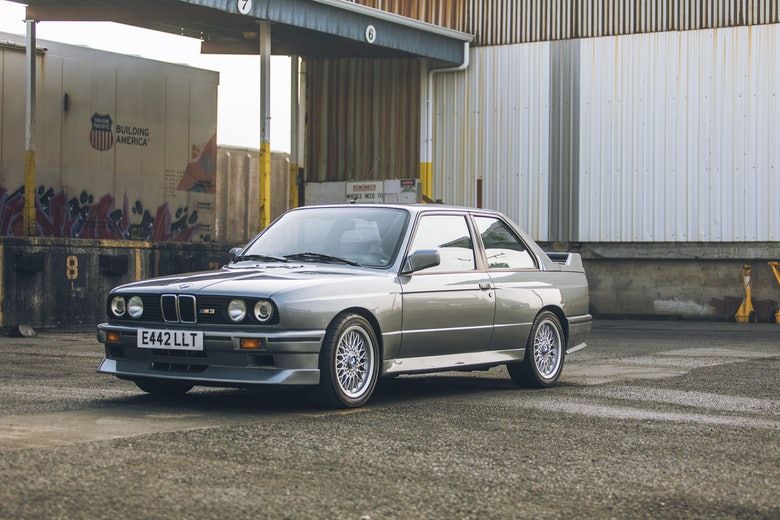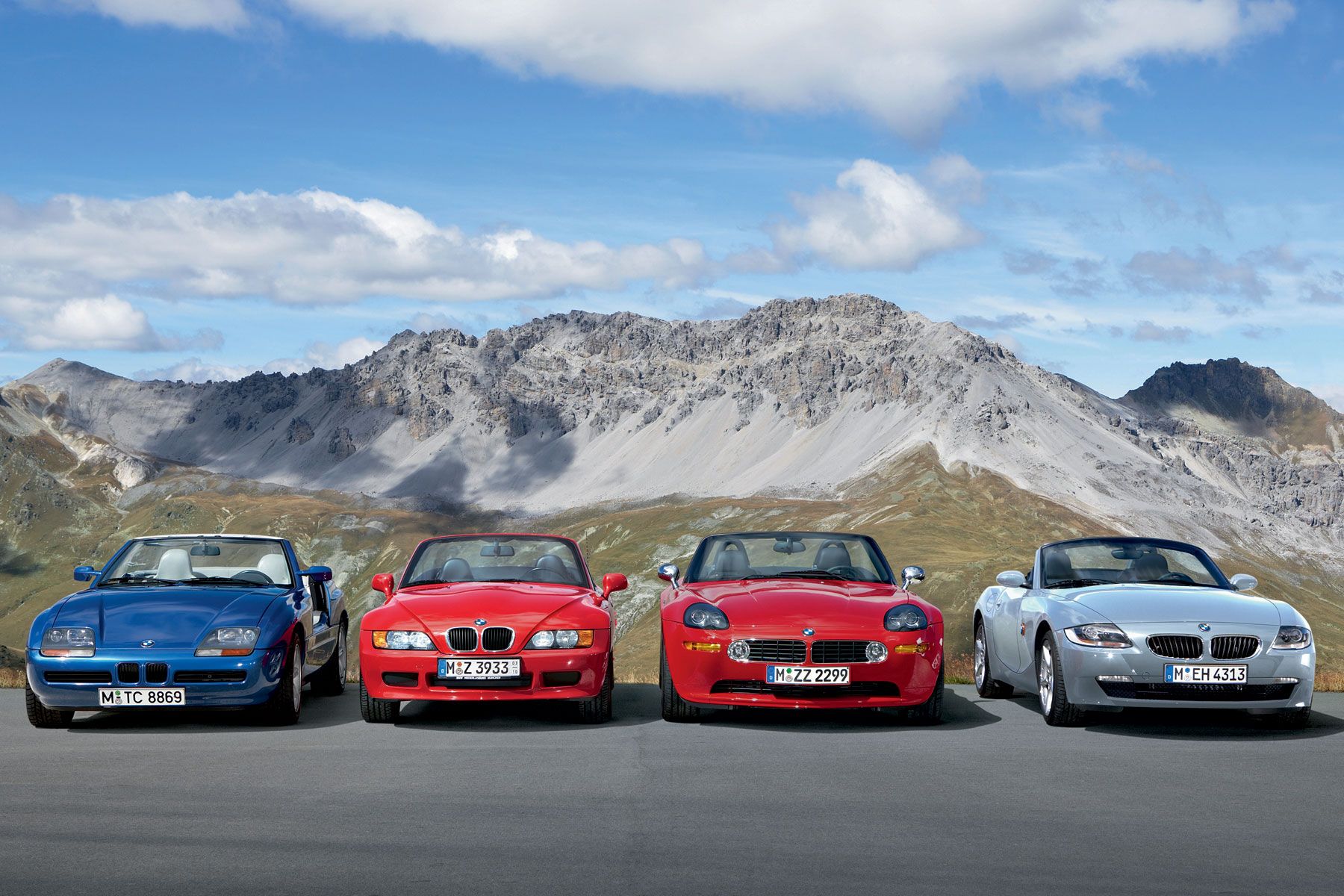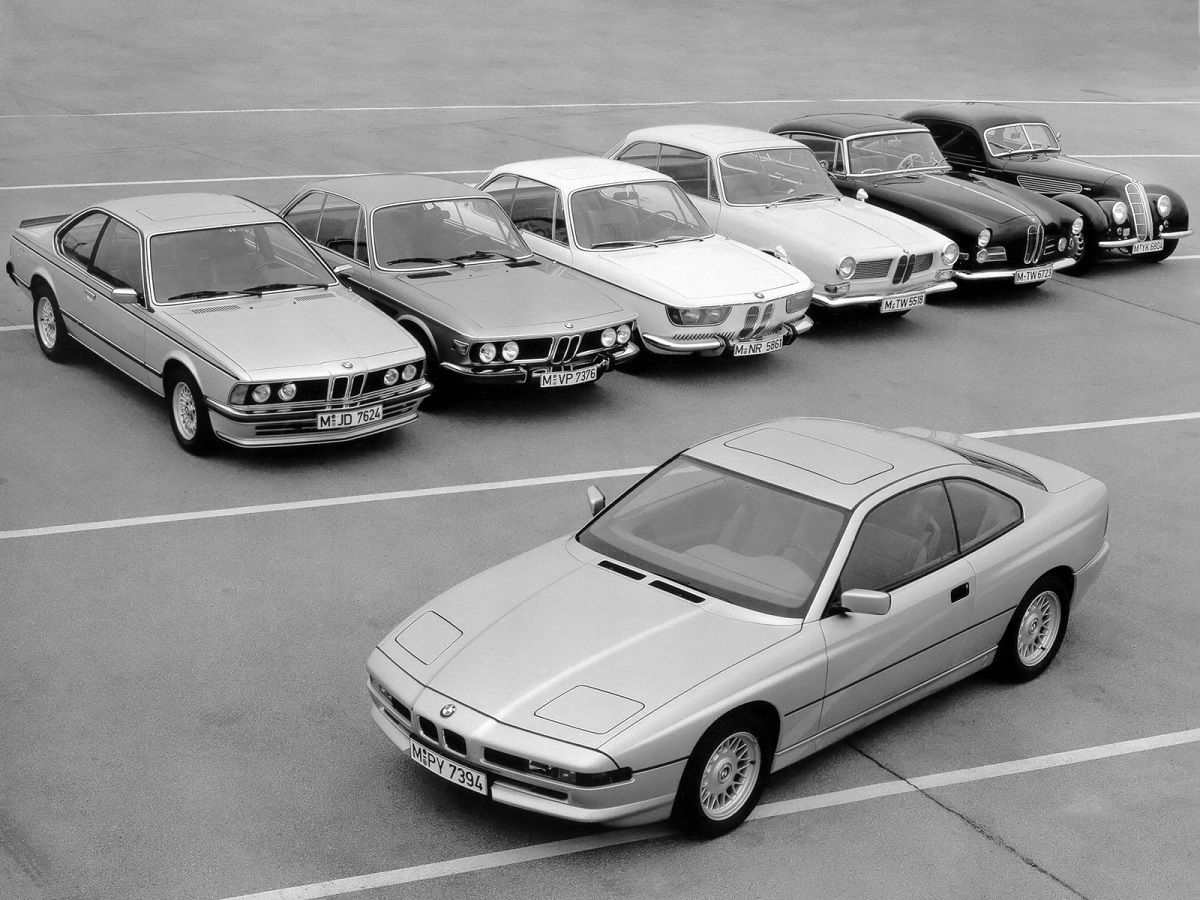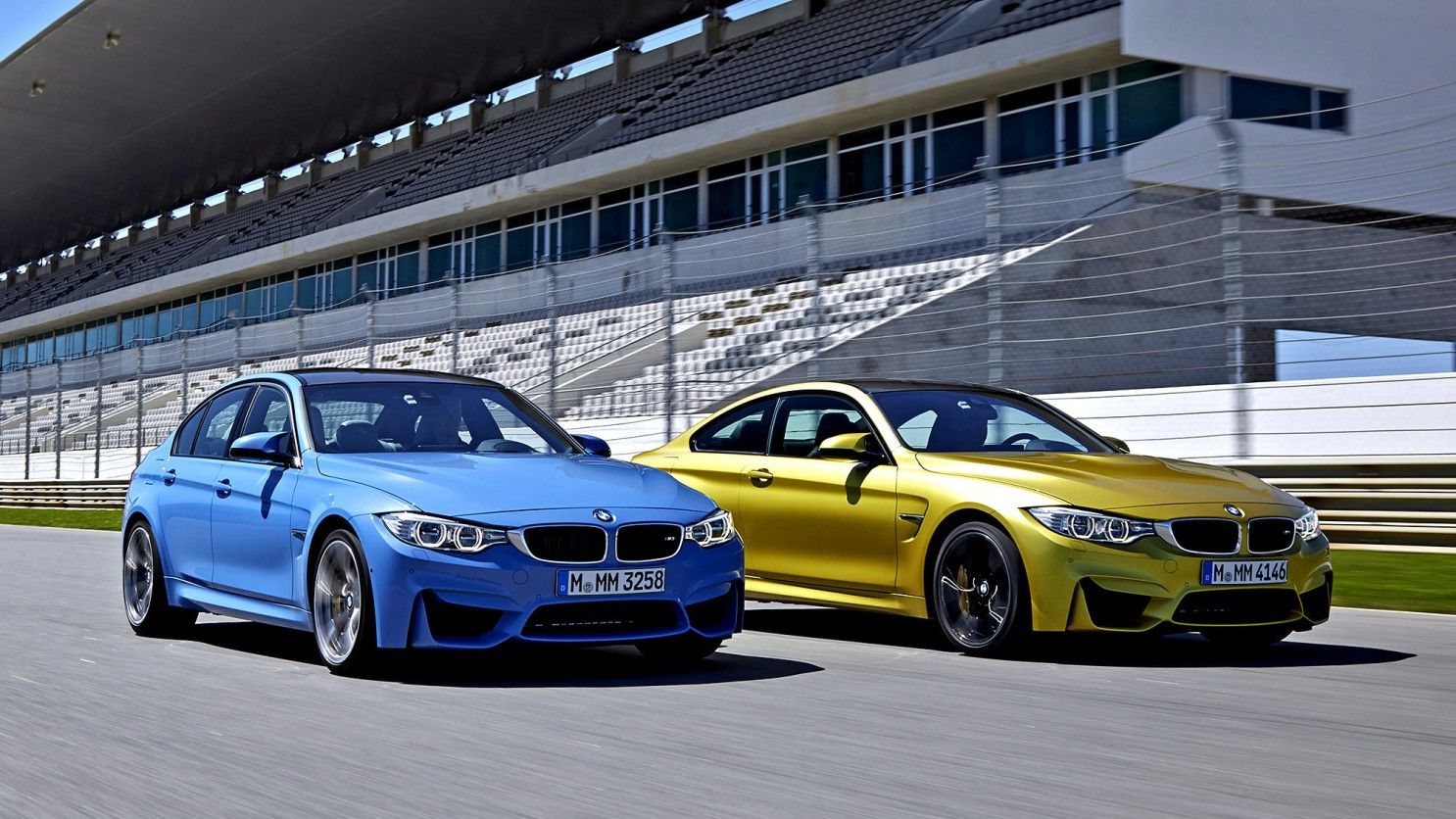Once upon a time, BMW truly lived up to the company's slogan that called its cars "The Ultimate Driving Machine." From early days pioneering the concept of sports sedans to legit performers like the M1, the original E28 M5, and the original E30 M3. BMW seemed to have found a successful recipe pairing silky-smooth inline-six engines with nimble handling.
But today, BMW has completely lost track of that recipe and, as a result, the company is losing fans left and right. Even with resounding cries from a passionate fanbase, however, BMW seems unable to right the ship, especially considering the recent revival of the 8 Series.
So what happened to create such a maelstrom at one of Germany's most storied automotive brands? Well, the true story comes down to many factors that will be explored below.
Supercar Status In Question
By the time the M1 supercar above debuted in 1978, BMW had already established the company's foundation in the sports car market. In fact, the M1 was something of a departure, with its mid-engine layout, angular design, and the fact that it was built in concert with Lamborghini. Throughout the 1960s, 70s, and 80s, BMW would find success on a wider scale, building cars like the sleek E9 3.0 CSL, the V12-powered 7 Series, and, of course, the E30 M3.
The Classics Stay Classy
By the 1990s, BMW had earned enough credibility to produce the V12 engine that Gordon Murray and Ron Dennis would select for use in the world's greatest supercar, the McLaren F1. Meanwhile, the E36 M3 was setting new standards for handling, power, and style with its S50 and S52 inline-six engines, perfect weight distribution, and tame-yet-refined exterior. Those successes would be followed by the likes of the E46 M3, with an 8,000-RPM redline, and the E39 M5, still recognized as one of the best sports sedans ever built.
James Bond Would Probably Say "No Thanks"
Meanwhile, BMW had also introduced the general public to the line of Z cars, which would include the highly experimental Z1, the Z3, and a legit stunner, the Z8.
But by the mid-2000s, things had changed for BMW. Fans of the brand were dismayed when the E92-generation 3 Series was unveiled with a twin-turbocharged inline-six in the 335i and a V8 under the hood of the new M3. Meanwhile, the E60-generation M5 received a highly unreliable V10. All these decisions were the beginning of the decline into today's excessive lineup, which mostly features large, bloated cars and SUVs with massive torque-monster engines that corner like boats.
History Doomed To Repeat Itself
Part of the blame for BMW's struggles can be laid at the feet of the automotive press, which tends to focus on stats like horsepower figures, 0-60 times, and top speeds rather than driving dynamics. The public loves to be able to quote these figures, so the press has to provide them, but BMW's premier cars, like the E30 M3, were never about straight-line acceleration.
The result has been a vicious cycle that's led BMW to adopt all-wheel-drive layouts to help put massive torque to the ground and launch off the line, plus all the concomitant electronic features to go along with increases in luxury and amenities (thanks to consumers loving features like Bluetooth connectivity, ventilated seats, and driver aids). The industry as a whole, meanwhile, has trended towards ever-expanding computerization and complexity due to government-instituted safety standards, but BMW has been one of the guiltiest parties in the mix.
Perhaps the single model that illustrates BMW's inability to create a through-line from the company's historical successes to the present day is the 8 Series. The new M8, for example, tips the scales at up to and beyond 4,500 pounds, thanks to a twin-turbo V8 producing 617 horsepower and all-wheel-drive (plus ridiculous features like adaptive sway bars). Meanwhile, the exterior just looks like a Ford Mustang that's been eating too much pizza.
And overall design does contribute to the sense that BMW has fallen behind the competition. As hard as it may be to admit, telling a new BMW 3 Series apart from a Kia at more than 20 feet is almost impossible—perhaps this can be attributed to two former BMW design chiefs, Pierre Leclercq and Karim Habib, leaving Germany for Korea to join Peter Schreyer and Luc Donckerwolke at Kia (both of whom came from Volkswagen Auto Group). And don't even ask about the infamous "Bangle Butt" designed by Chris Bangle for the 21st century's new 7 Series.
Switch Those Names, Please
Meanwhile, consumers are only getting more confused by BMW's expanding lineup. After all, who thought it was a good idea to name the coupe the M4 and the four-door sedan the M3? And the SUV named the X7 M50i is just ridiculous.
There are some slight glimmers of hope, though, mostly coming in the form of the 1M and M2 coupes, which are the two most recent BMWs to actually live up to the companies heritage. But then those hopes quickly get extinguished by the fact that the 2 Series uses front-wheel drive.
In the end, that last sobering fact might be the single greatest nail in BMW's coffin, demonstrating that the company has given up leading the industry into the future and chosen to follow industry-wide trends, instead.
Sources: BMW Blog, Jalopnik, and CarThrottle.

